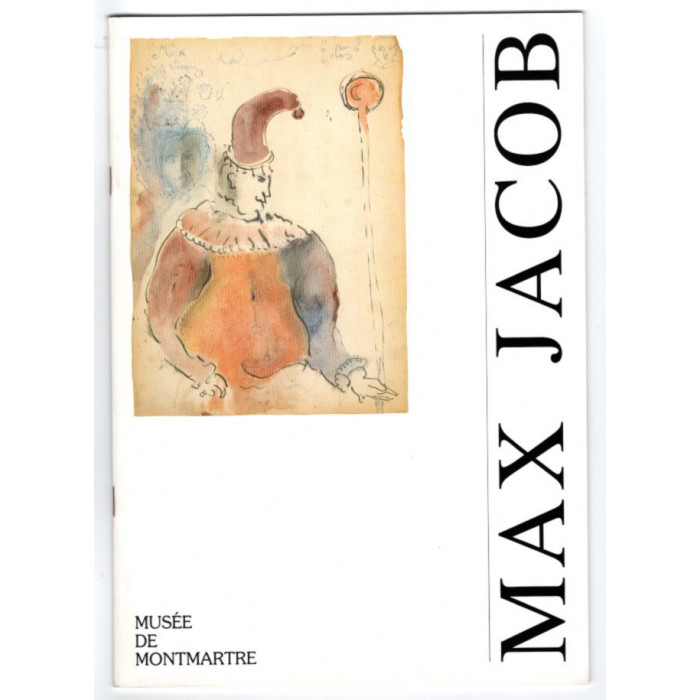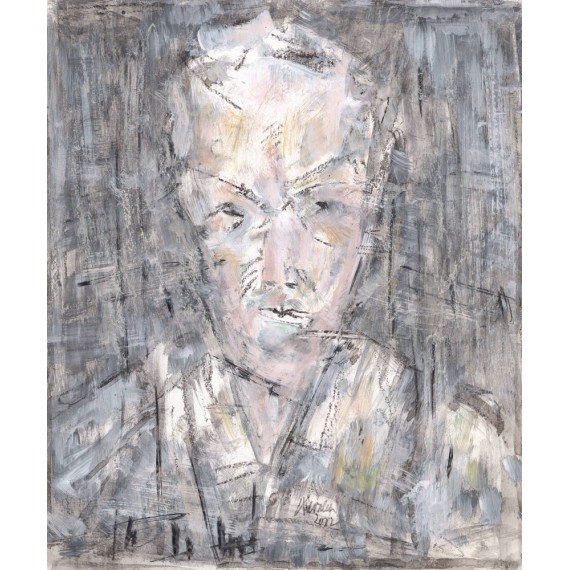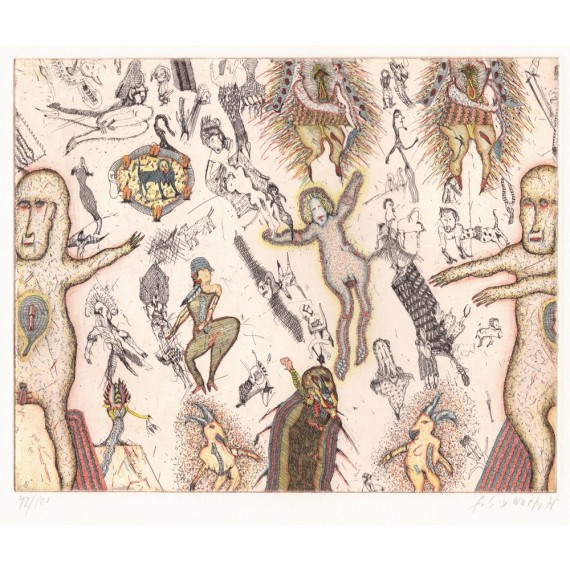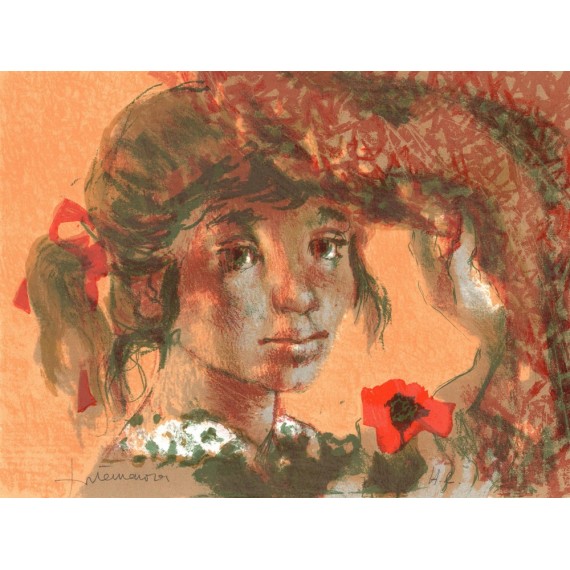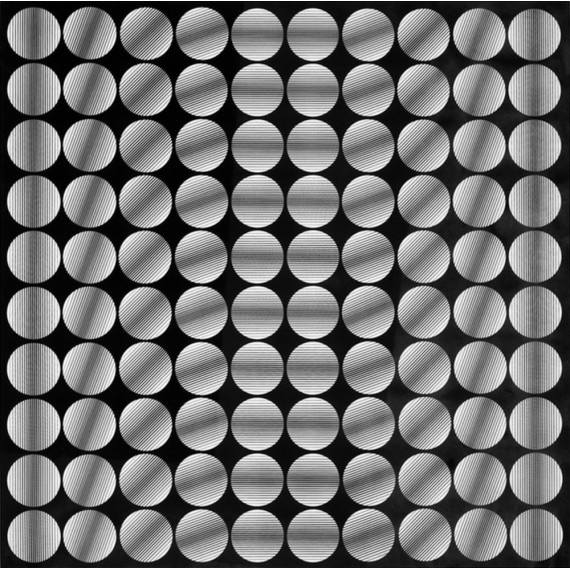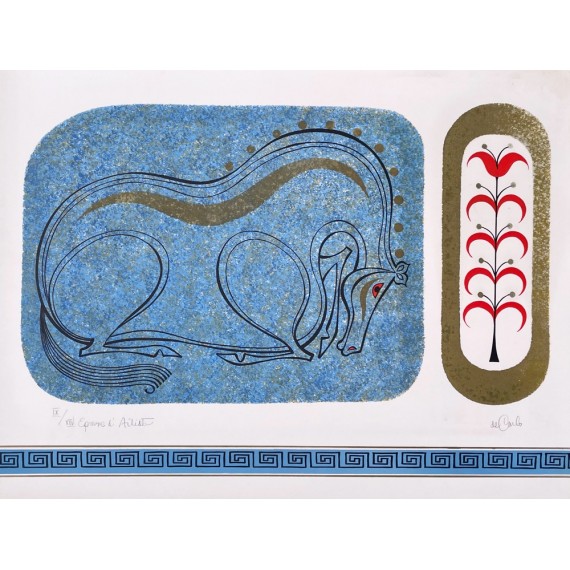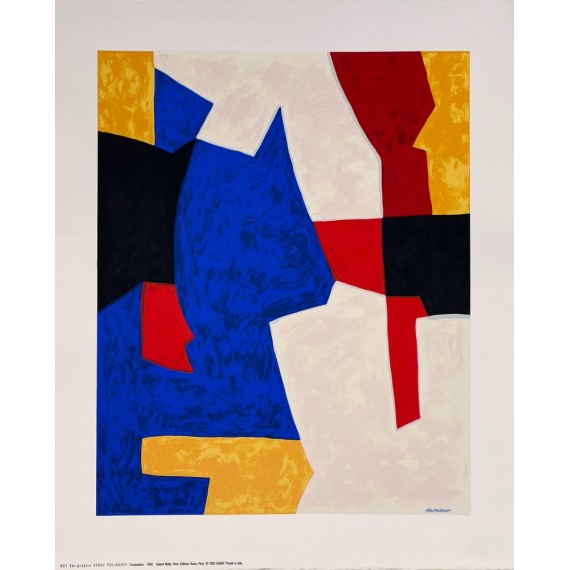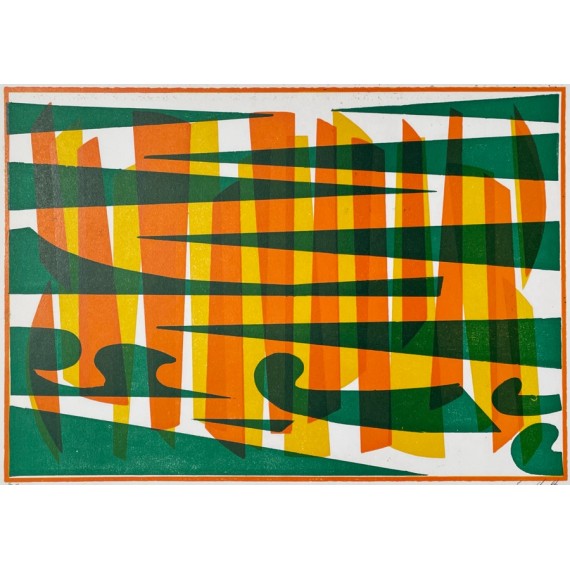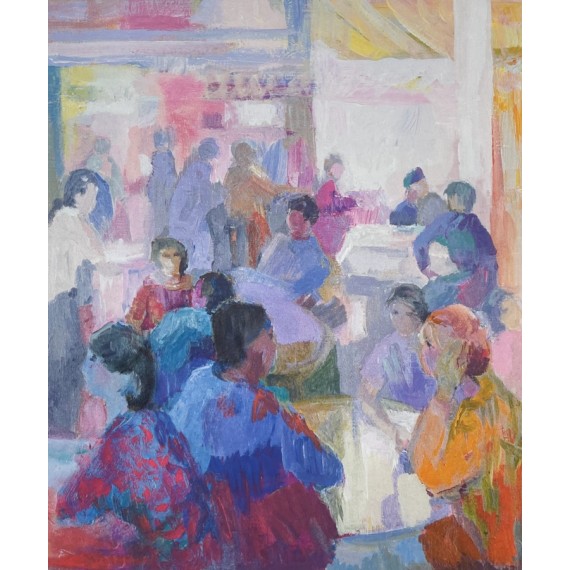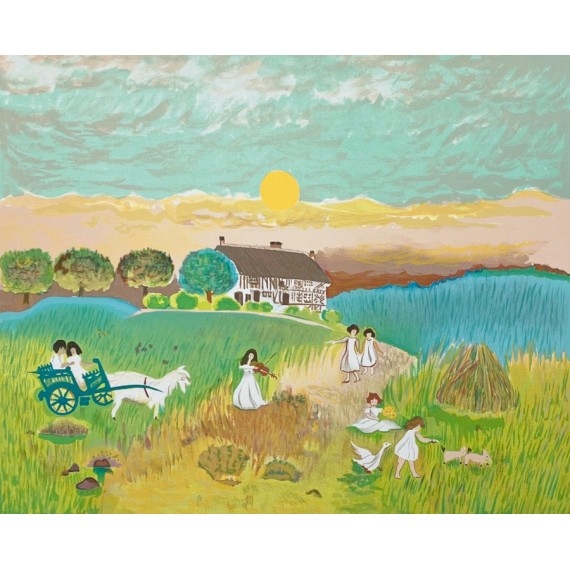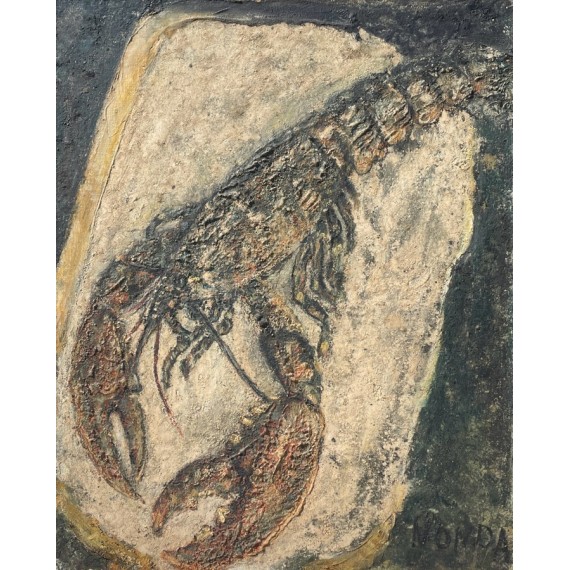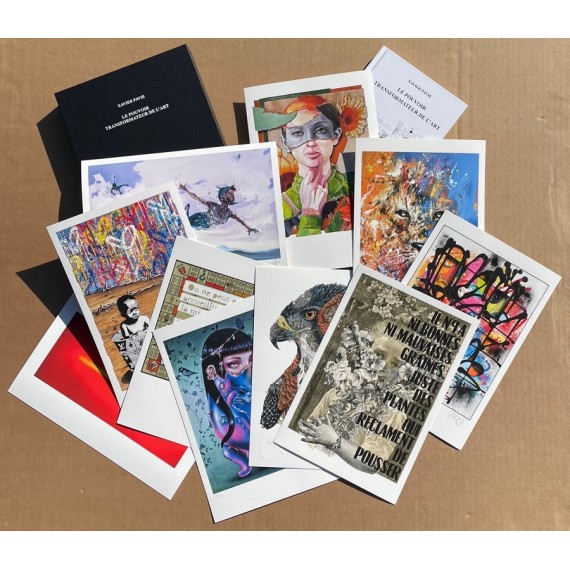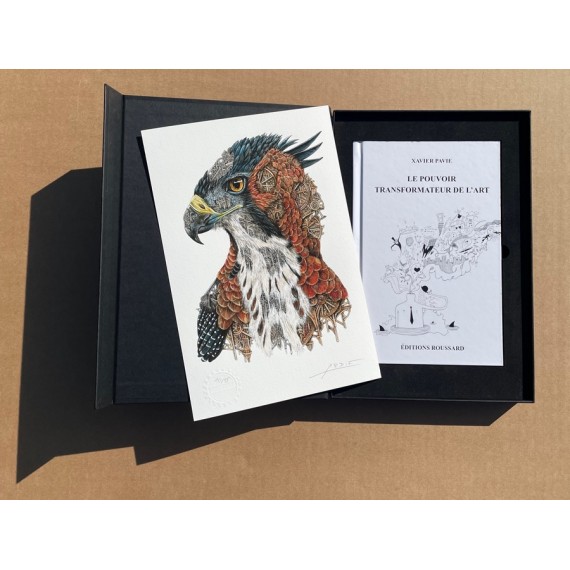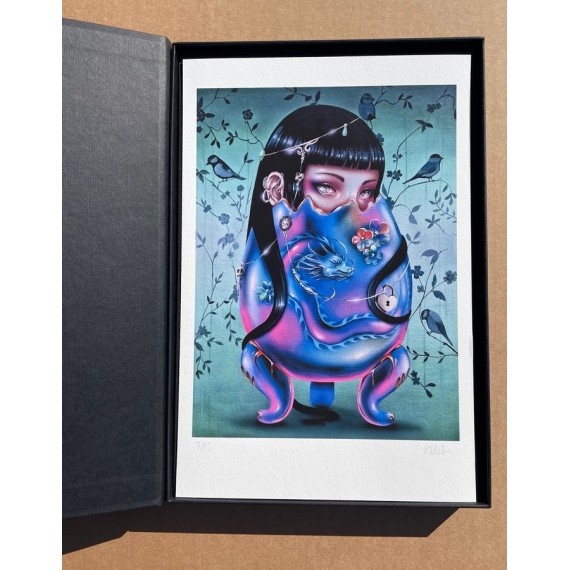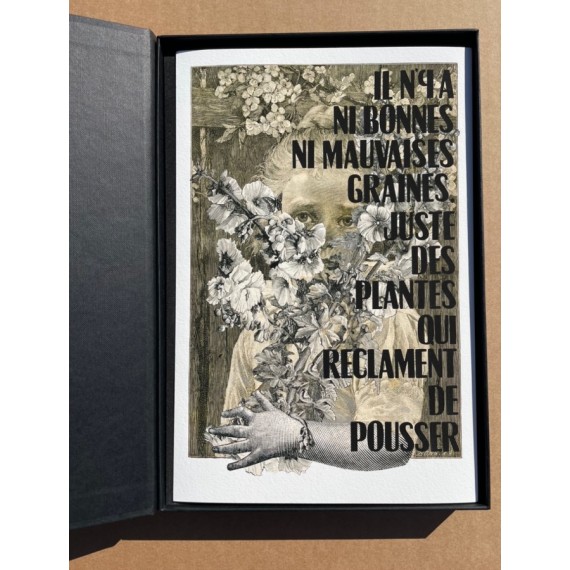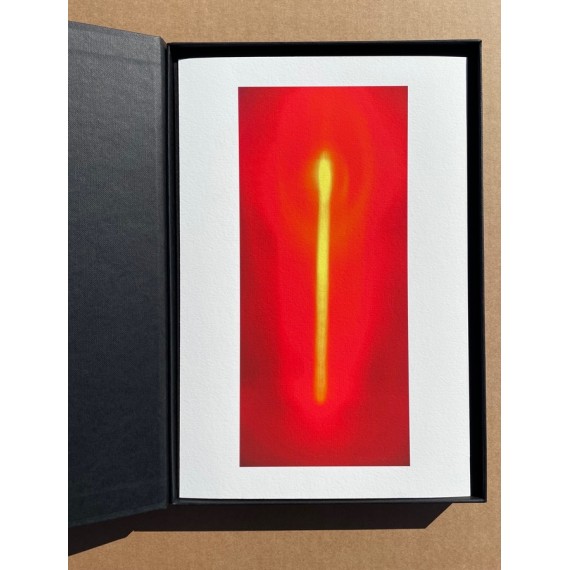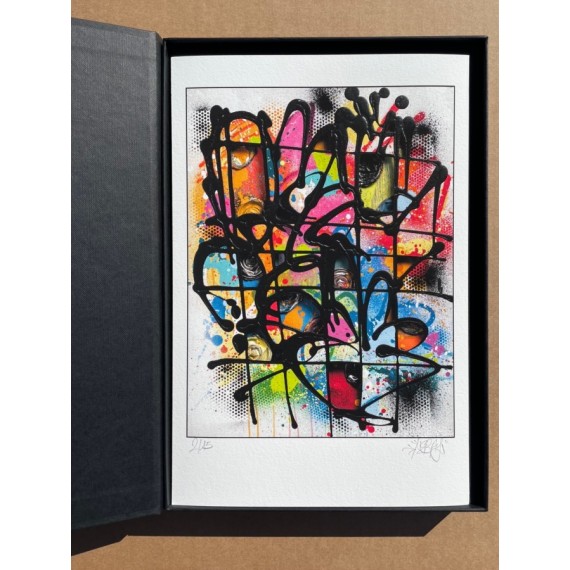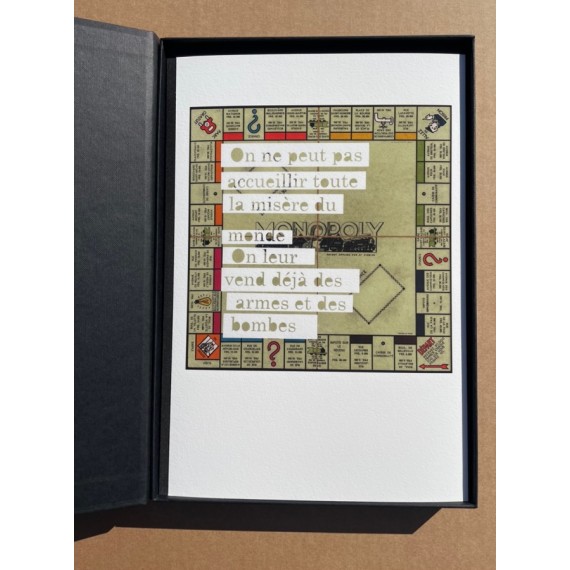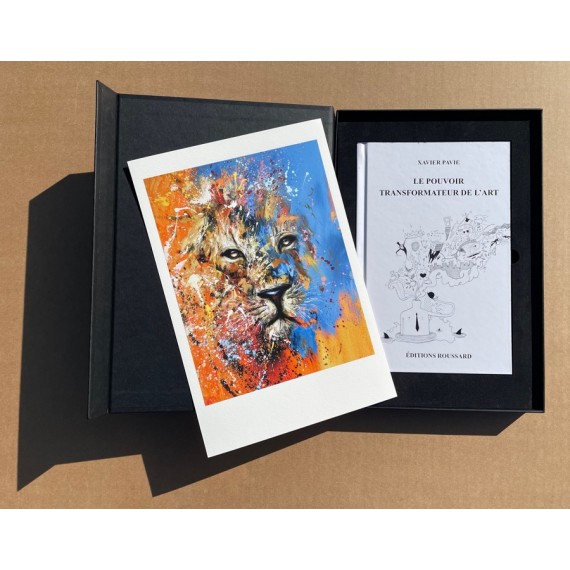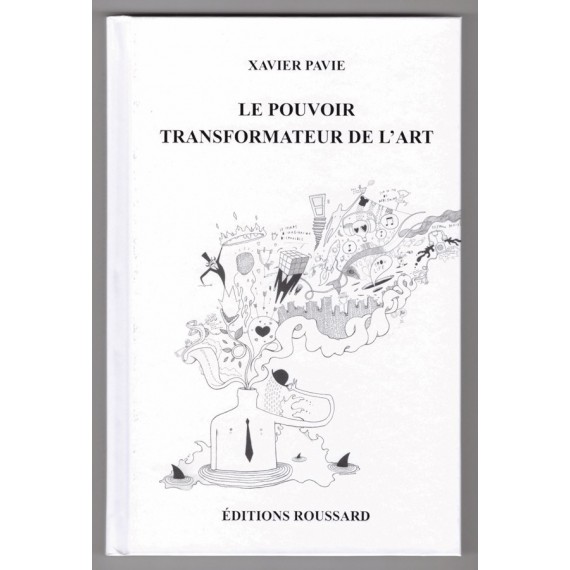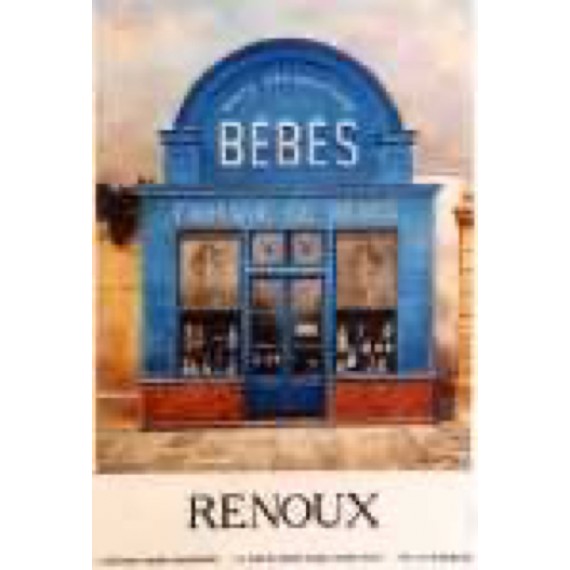Max JACOB
23 reproductions - 9 photographs - Texts biography exhibitions - 28 pages - 30x21cm
Date: 1992
Biography :
Painter, poet, novelist, playwright and critic. Quimper (Finistère) July 11, 1876 - Camp de Drancy (Seine-Saint-Denis) March 5, 1944. After obtaining, in 1894, an accessit in philosophy at the Concours Général, he enrolled at the Colonial School in Paris, which 'he left in 1897 to begin an artistic career; the following year, he graduated in law. In 1898-1899, he was an art critic in the Gazette des Beaux-Arts (according to André Salmon). It was for him the opportunity to meet Picasso, during his first exhibition in June 1901, at Vollard's. He carried out various works, and shared a room on Boulevard Voltaire with Picasso in 1902. In 1903, he lived at 33, boulevard Barbès (fact attested by a mention on the back of a drawing dated 1903 “Man and woman at table, rue Ravignan, drawing made at Picasso). Max met André Salmon and Apollinaire, and in 1907 he was found at 7, rue Ravignan, in a room whose term ended in October 1911. There, Apollinaire introduced him to Braque. On September 22, 1909, he had a vision in his room at 19, rue Gabrielle which led him to convert to Catholicism. In 1911, at the Bateau-Lavoir, he rented the old studio of André Salmon and Pierre Mac Orlan. Picasso illustrates with cubist etchings the “Saint-Mathorel” written by Max Jacob and edited by Kahnweiler. In the summer of 1913, he saw him in Céret with Braque, Picasso and Juan Gris. In 1914, he was reformed, lived at 17, rue Gabrielle and served as a link between his mobilized friends. Picasso illustrates in etching “the Siege of Jerusalem”. On February 18, 1915, the baptism of Max Jacob, Picasso was his godfather. Modigliani, in 1916, painted his portrait in Montparnasse. At the Maubel theater, rue de l'Armée d’Orient, he appears in the choirs of “Mamelles de Tiresias”, a surrealist drama by his friend Apollinaire. He published, on behalf of the author, "the Cornet à dés". In 1919, Pierre Bertin staged a play by Max Jacob “Ruffian Always, Ugly Never”. Run over by a car, he was treated at Lariboisière Hospital. In 1921, he left the Butte to retire to the monastery of Saint-Benoît-sur-Loire. In 1928, he lived in the Hôtel Nollet, in the street of the same name, where the musician Henri Sauguet already resides, a hotel he left in 1934 for rue Duras with the painter Pierre Colle. On February 24, 1944, at 11 am, he was arrested as a Jew, detained for four days in the Orleans military prison, transferred to the Drancy camp on February 28, and died on March 5 of pneumonia.
It was thanks to Picasso that he discovered modern art at a very young age. He painted little in oils, especially in watercolor and gouache, and also with mixed techniques of his own. Picasso, to whom Max Jacob was deeply devoted and who undoubtedly influenced him, moved away around 1912, to the chagrin of the poet who wrote “... I did not do Cubism ... all that 'it's Picasso's fault ”. It should be noted however that the intellectual source of Cubism owes something to the poet. André Salmon writes: “Without too much preparation according to tradition, Jacob was then like a Sunday painter of high culture, a figure that we may never find again. Max Jacob's blunders are both angelic and of high intellectuality. They correspond to those feelings which, one day, would lead him to absolute mysticity ". It was also André Salmon who pointed out the first exhibition of Max Jacob in a gallery on Boulevard de Clichy, in 1914, and it was he who prefaced the catalog of the exhibition at the Grand Palais, organized by Henri Lapauze.
Retrospective at the Musée de Montmartre from October 21 to December 12, 1992; Curator Christian Parisot, artistic coordination Sylvie Buisson with the support of the very active “Association des Amis de Max Jacob”, chaired by Arlette Albert-Birot, surrounded by Hélène Henry, Dominique Prédal, and Henri Dion. Exhibition catalog.
Text taken from the Dictionary of painters in Montmartre © ÉDITIONS ANDRÉ ROUSSARD.

